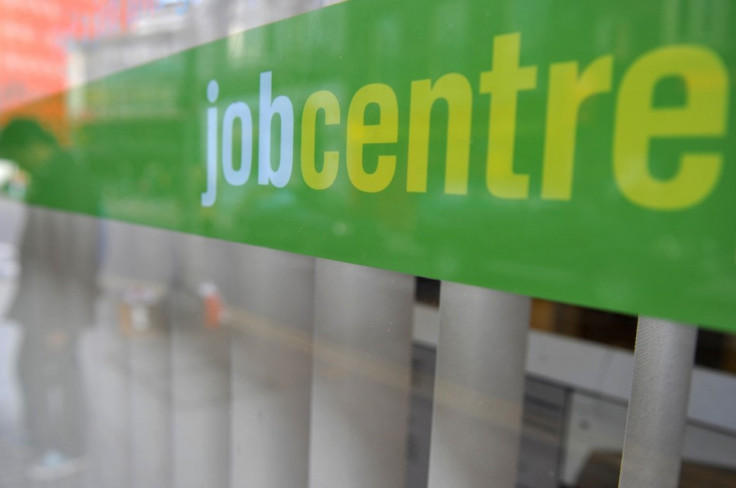97 Percent Rise in UK Youth Unemployment Leaves More Than 1 Million Britons Jobless

The UK jobs front continues to be grim, with the Trades Union Congress issuing a report Tuesday that unemployment figures rose 97 percent in local council areas over the past year.
As the Office for National Statistics prepares to release the latest unemployment figures next week, the numbers for youth are expected to cross the 1 million mark. Earlier, the TUC report, which revealed the number of people between the ages of 18 and 24 unable to find work in the UK, mentioned an increase in 196 of 202 local authorities since September 2010.
Hard Times
From September 2010 to September 2011, the TUC report found that the maximum number of unemployed youth from the worst-hit authorities belonged to Hartlepool (3.5 percent increase), Darlington (3.2), Waltham Forest (3), Sandwell (2.9), Doncaster, Torbay and Blackpool (all 2.7) and Rotherham and Blaenau Gwent (both 2.6).
Since September 2007, the UK has been suffering with worsening unemployment situations. The International Labor Organization's "Global Employment Trends for Youth: 2011 Update" report revealed that the undercurrent of recession had exposed myriad problems, ranging from unemployment, underemployment and stress-related unemployment to extended inactivity, as well as possible consequences of lower wages in the future. The TUC report suggested that over the last three years the number of young people unable to find work had at least doubled in a third of the local authorities (32 per cent).
According to the TUC report, in the period from September 2007 to September 2011, the worst-hit authorities in terms of percentage point increases belonged to Clackmannanshire (7.5), Doncaster (7.4), Hartlepool (7.1), Rotherham (6.9), Rochdale, Redcar, Cleveland (both 6.8), North East Lincolnshire and Sandwell (both 6.7) and North Lincolmshire and North Lanarkshire (both 6.6).
Scope for Hope
In the TUC report, out of 202 local authorities, only six have halted the unemployment spiral over the last year. These are Hillingdon, Kensington and Chelsea, Kingston upon Thames, Richmond upon Thames, Reading and Warwickshire. The rest of the country witnessed, on average, an increase of 1.2 percentage points.
"We're facing the biggest youth unemployment crisis in a generation, with close to one million of our young people unable to find work," said Brendan Barber, General Secretary of the TUC, when asked to comment on the worrying trend.
"With the economic outlook the gloomiest it's been since the end of the recession the bleak prospects facing young jobseekers look set to be with us for some considerable time to come, unless the government changes course now and brings in immediate measures to support jobs and growth," he added.
The ILO report further stated that there are increasing numbers of younger people who are not actively searching for jobs and, therefore, are not being picked up by statistical surveys. This is especially true of developed economies and the European Union region, including the UK.
"Young people need particular help to make sure they don't spend long periods out of employment or education. We need a proper replacement for the Future Jobs Fund, new measures to support the creation of more apprenticeships and a government commitment that no unemployed young person will spend more than six months out of employment or high quality training," said Barber, "The Chancellor's plan A has already sent unemployment to a 17-year high. Our young people, and our whole country, urgently need a plan B to get people back into work and the economy back on its feet."
© Copyright IBTimes 2025. All rights reserved.



















